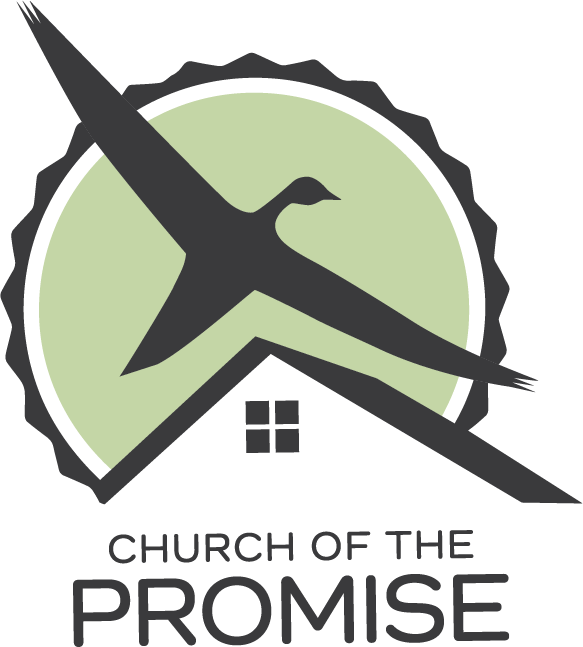Church of the Promise
Our Story
The earliest record of seeds being sown in Portland, that would later grow and become Church of the Promise, date back to 1956 when Richard and Mary Catherine Sluyter showed up on Baird Street and started a sidewalk Sunday School. With nothing more than an accordion, a flannel board, and a Bible, they told the stories of Jesus to the children on Baird Street. When summer turned to fall, and colored leaves covered the sidewalk, the Sluyters moved the Sunday School into a shotgun house and called their gathering the Sunshine Club.
A few years later, the Methodist Church adopted the ministry and named it the Baird Street Mission. Volunteers from the neighborhood and around the city offered a variety of programs at the Mission. One of those faithful neighbors was Patsy Newland. From 1960 to 1990, Mrs. Newland provided leadership at the mission and worked alongside a number of United Methodist ministers.
In 1990, a handful of volunteers began to dream about a new facility that would allow the mission to expand its scope and meet the needs of more children and youth. A parttime employee was hired and commissioned to begin a faith-based afterschool program. In 1997 the program moved into a newly constructed, multipurpose facility, now known as the Portland Promise Center.
On the first Sunday of 2002, three people met for prayer in the chapel of the Center. The agenda was simple: meet every Sunday morning for a year, read scripture communally, pray for our neighbors, and seek God’s direction for the future. With no plans of starting a church, this humble prayer meeting evolved into a missional community of folks who lived in the neighborhood, worshipped together on Sundays, started a Celebrate Recovery meeting, and provided volunteers for the Portland Promise Center programs.
Ten years later, we named our missional community, “Church of the Promise” and moved our meeting into an abandoned warehouse down the street. We had a far-fetched dream that someday the warehouse would become a hub for spiritual, economic, and community development. We renovated a space for worship and began scheming ways to address the economic challenges in our neighborhood through social entrepreneurialism.
Our “far-fetched dream” became a reality when the Promise Community established two separate, non-profit organizations. Both enterprises support economic development in the neighborhood and serve the missional purpose of our church.
In 2015 we opened The Table café, a pay-what-you-can community café that serves amazing food at an affordable price. Church of the Promise didn’t want to be a church with a café, we wanted to be a café where “church” happens every day. Our motto says it all, “Everyone has a seat at our table.”
In 2019 we created Promise Housing Plus, a non-profit construction company that redeems vacant and abandoned houses in the neighborhood and creates non-conventional pathways to home ownership for our neighbors. The “Plus” in Promise Housing stands for the extra measure of love that is poured into our neighbors who own the homes we rehab.
Our story doesn’t stop here. We are currently planning a third social enterprise that will open in the near future. The seeds of love that were planted on Baird Street in the mid fifty’s continue to bear good fruit. With each new season, the Promise Community will keep on planting seeds of love and we’ll wait with passionate patience for God’s promise of a beautiful and bountiful harvest.
You can read more about the Promise Community story in the book, Think Red: Imagine Your Community Living and Loving Like Jesus.
Think Red: Imagine Your Community Living and Loving Like Jesus.
Larry Stoess, author of the book and founding pastor at Church of the Promise, writes an inspiring account of how one community pursued God’s promise for their neighborhood.
The book offers insight for other communities that want to create whimsical expressions of Church that are based on the words of Jesus, which some Bibles print in red font. The principles in each chapter are supported with biblical foundations and delightful anecdotes from the author’s twenty-four-year experience in Christian community development.
